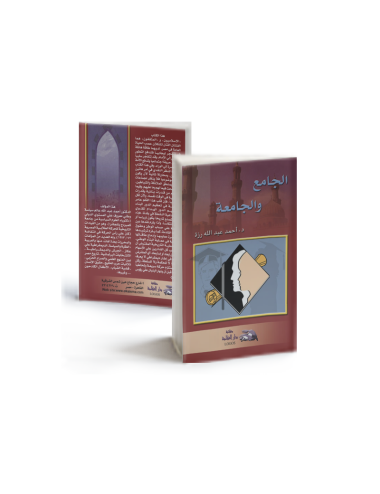the nineteenth of maquerk, based on proverbs 13:4
Sometimes Laziness has its own Reward
0.045 kg - 300 kg
Sometimes Laziness has its own Reward
Children can understand the importance of listening to others when they see how one proud insect learns her lesson in a most of unfortunate way.
It is not a book about the religion of the churches but an effort to interpret the whole contemporary situation from the point of view of one who constantly inquires what fundamental faith is expressed in the forms which civilization takes.
This book is the companion piece to The Eternal Now and The New Beinشg. This is the most profound and important book of the three. Very readable (in contrast to acedemic theology) because these sermons were delivered live. Definitely Spirit-guided ministry. This work is very important in helping us to understand the difference between small spirit and large Spirit.
Sometimes Laziness has its own Reward
Islamists and intellectuals, the two categories, which constitute the backbone of public life in Egypt
A person has needs in life, and the needs are arranged and gradual, some of them are basic and necessary, some of them touch his physical needs, and they are the ones that preserve his survival and presence in life, and some affect the mental and psychological side, and they help in his advancement, progress and creativity.
One of the Most importnant books discussing the islamic pilgrimage from a new perspective.
If situations flare up and sects clash, then the first thing that passes through thought and comes to mind would be that noble prophet and great messenger.
WHAT IS RELIGION ? by Paul Tillich, Translated by Mejahed Abdelmeaim mejahed, combines three works originally written in German, one of which was published in 1925. The two works in the final third of the book were presented to meetings of Kant-Gesellschaft in 1919 and 1922, and may now be found mainly in Gesammelte Werke volumes I and IX...
These 16 sermons contain in concentrated form some of Tillich's most lambent themes. Although they were first published in the early 1960s, the pieces in question take up preoccupations which continue to haunt us at the beginning of the 21st century.











